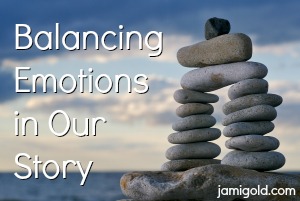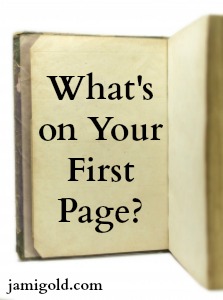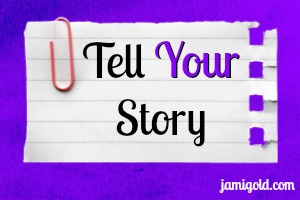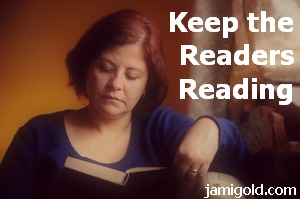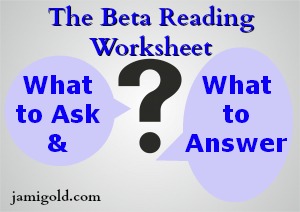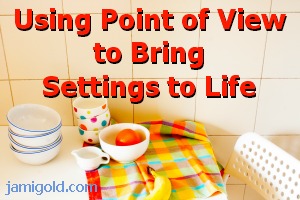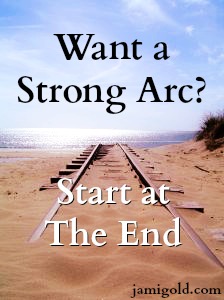The ability to manipulate our readers’ emotions is a good thing (as screwed up as that sounds). Storytelling and keeping readers’ interest often comes down to creating emotions in our readers. So let’s take a closer look at how we create emotions in our readers and how we find the right balance.
Pin It
Read More
Many stories “strike out” with readers in the first chapter. So our opening pages are just as critical to sales as our book cover, title, back-cover blurb, etc. Let’s take a closer look at cliches to avoid and tips to make those pages work for us.
Pin It
Read More
After we complete a first draft, we might want to dig into revising right away because we’re still excited and passionate about the premise. But it’s often better to gain “distance” from our story first. Distance helps us see our story objectively so we can revise ruthlessly, not clinging to our intentions but seeing our story’s potential.
Pin It
Read More
If we’ve ever let beta readers or critique groups give feedback on our stories, we’ve probably run into the issue of receiving conflicting advice. In fact, if we’ve ever let more than one person read our work, we’ve probably received conflicting advice. *smile* One reader may love a character someone else hates. […]
Pin It
Read More
Many articles and infographics have tried to answer the question of what makes readers stop reading. They usually include a list of offenses like typos, too boring, confusing, etc. And those are all true. But a recent post took a more analytical approach to measuring problem areas. Jefferson Smith started […]
Pin It
Read More
Recently, an interesting article discussed research on the brains of writers. One important finding seemed to match research in other areas, namely that experienced people think differently from those just learning the ropes. Being an expert isn’t just about knowing more.
Pin It
Read More
When we first start seeking or giving beta reads, we might not know what kind of feedback is possible or appropriate. To help us, here’s a listing of ideas of the many aspects beta readers can use for evaluating a story.
Pin It
Read More
USA Today bestselling author Mary Buckham is back with Part Two of her guest post on writing active settings that keep our story flowing and connect readers to our characters. Today, she’s sharing the second biggest hurdle to writing great descriptions.
Pin It
Read More
The trick to sharing setting information (which our readers do need) without dragging down the pace is to write active descriptions. Active descriptions let the reader imagine the setting in their mind, keep them anchored in the story, and slip in information so seamlessly that they never realize they’re reading descriptions.
Pin It
Read More
As I mentioned with the worksheet I shared last week, it’s often easier to work backward when we’re framing our story. At the very least, knowing the ending often makes it easier to see our character’s arc.
Pin It
Read More

